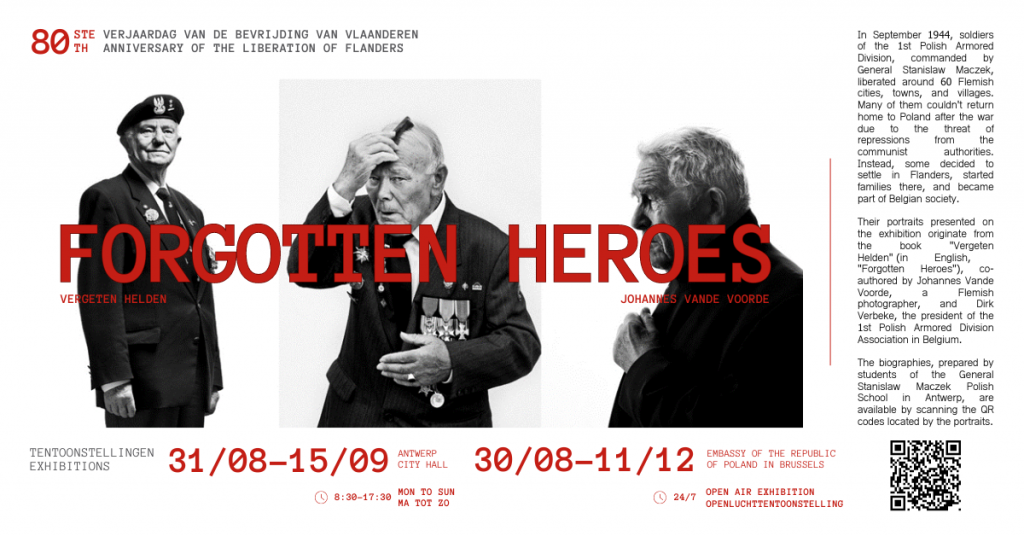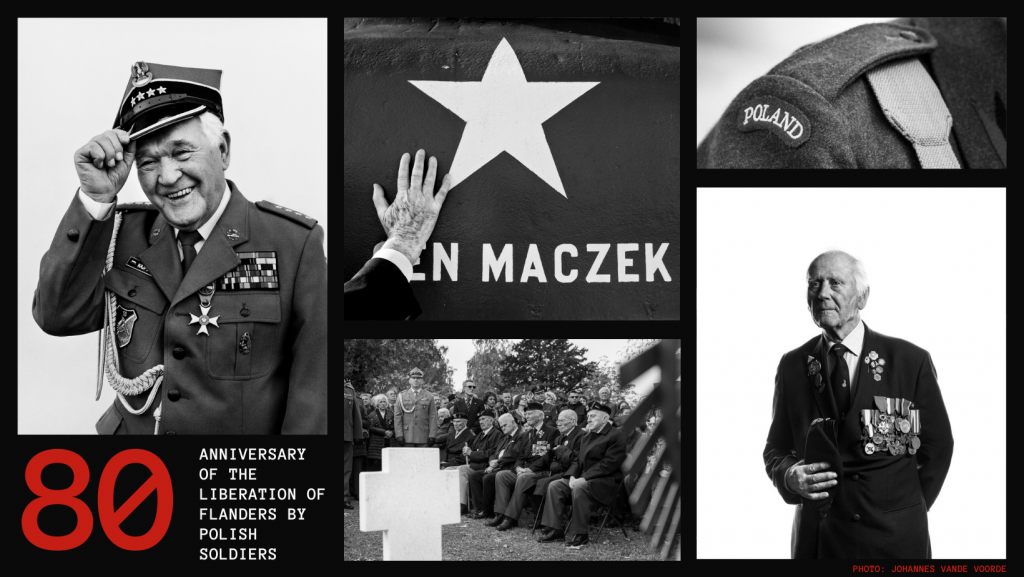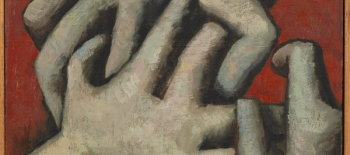
Exhibition by Johannes Vande Voorde: Forgotten Heroes of the 1st Polish Armoured Division liberated Flemish cities from German occupation in 1944
ANTWERP
August 31 – September 15, 2024
Antwerp City Hall
Grote Markt 1, 2000 Antwerpen
BRUSSELS
outdoor exhibition, presented in 3 rounds of 7 portraits each, 21 altogether
August 30 – December 11
Embassy of the Republic of Poland in Brussels
Avenue des Gaulois 29, 1040 Etterbeek
Find out more: www.poolse-helden.be
#ForgottenHeroes
The exhibition is prepared by Embassy of Republic of Poland in Brussels in cooperation with Polish Institute Brussels.
The exhibition is part of a comprehensive campaign launched by the Polish Embassy in Belgium to mark the 80th anniversary of the liberation of Flanders. The campaign includes an exhibition, social media activities, Annual Commemoration ceremony in Lommel (September 29), panel discussion, exhibition closing event (December 11).
Follow Embassy of the Republic of Poland in Brussels on Facebook to find out more!

Historical Context
(based on Mateld Venken, De soldaten van de Eerste Poolse Pantserdivisie: hun geschidenis):
When the Soviet Union invaded Poland on September 17, 1939, the 10th Armoured Cavalry Brigade, among others, defended the southeastern part of the country. Facing overwhelming enemy forces, the brigade decided to leave Poland. They travelled through Hungary, Romania, and Yugoslavia, then by ships to Italy, Spain, or North Africa. Most soldiers reached France, where they joined the French army to repel the Nazi German attack in June 1940. After the fall of France, they moved to the UK, reorganizing into the 1st Armoured Division under General Maczek, becoming part of the Allied forces.
In August 1944, the division, consisting of approximately 16,000 soldiers and 300 tanks, participated in the liberation of northern France, Belgium, the Netherlands, and Germany. They played a crucial role in the Battle of Falaise, which opened the way to Paris for the Allies. On September 6, 1944, the division crossed the Belgian border at Abele and Westouter, liberating many Flemish towns over the next 16 days, including Ypres, Roeselare, Tielt, Aalter, Ghent, Lokeren, Sint-Niklaas, and Beveren. They then crossed into the Netherlands, liberating several towns. Their hopes to return to Poland were dashed by the decisions of the Yalta Conference, which placed Poland under Soviet influence. Many soldiers could not return home, fearing persecution by the Soviet-installed communist regime.
In Belgium, around 400 division soldiers died, with 257 buried at the Polish War Cemetery in Lommel. Numerous streets, plaques, and monuments in Flanders honour them. For example, there are Polenstraat (Polish Street) in Poperinge, Kemmel, Ypres, and Stekene; Generaal Maczekplein (General Maczek Square) in Tielt and Beveren-Waas; and commemorative plaques at the Cloth Hall in Ypres and Ghent City Hall. The residents of Flemish towns welcomed the division soldiers as liberators in September 1944. Many Belgians offered them shelter, leading to friendships and often also marriages. Faced with the dilemma of returning to the homeland under communist regime, may soldiers decided to remain in the West. By 1947, about 300 soldiers had married Flemish women and settled in liberated municipalities.



